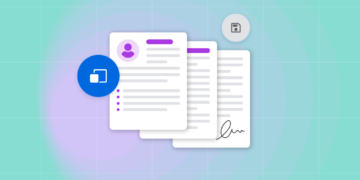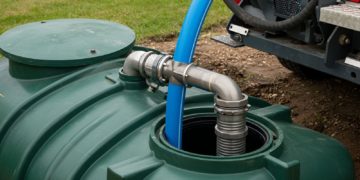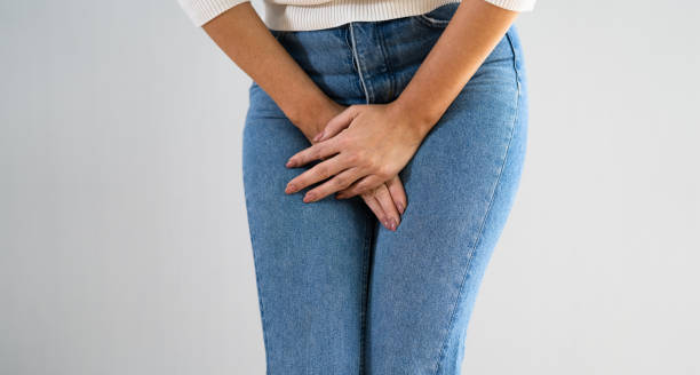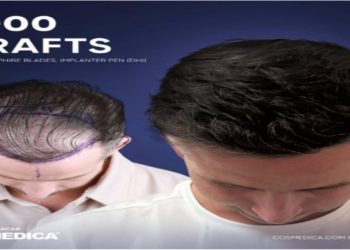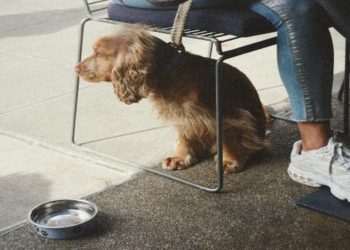A leaky bladder, also known as loss of bladder control, affects millions worldwide. It can happen when the muscles that control the bladder are too weak to hold the leak. While incontinence is expected as we age, it can impact people of all ages and significantly impact daily life.
The unpredictable nature of leaks and fear of accidents can make people anxious, affect relationships, and limit activities. However, innovative strategies and effective treatments exist to gain control over a leaky bladder.
This article will explore practical tips for managing incontinence and living confidently.
- Assess The Type of Incontinence
One of the smartest first steps in tackling bothersome leakage or a “leaky bladder” is to identify the specific type of incontinence based on your symptoms. Determining the particular type of incontinence enables a better understanding of what’s causing the bladder control problem and guides appropriate treatment options. Type of incontinence include the following;
Stress Incontinence – Actions like coughing, sneezing, laughing, exercising, or doing other physical activities increase pressure on the bladder and lead to accidental leaks.
Urge Incontinence – Strong, sudden urges to relieve yourself, and the leak happens before making it to the toilet. It often indicates an overactive bladder.
Overflow Incontinence – Frequent dribbling due to the bladder not emptying.
Functional Incontinence – Leaks occur due to factors like mobility issues, medications, or mental impairment rather than bladder dysfunction.
- Smart Use of Incontinence Products
Choosing and correctly using the right incontinence products is crucial in managing accidental leaks. With myriad pads, specialty underwear, and protective garments now available, selecting options best suited to your needs prevents discomforting accidents.
Know Your Flow: This helps you choose products with the ideal absorbency. Opt for thin pads and liners for minor dripping, maxi and overnight pads for heavy flows, and adult diapers for complete incontinence. Taking advantage of free adult diaper samples can help identify preferred brands and fits.
Find Your Fit: Try different pad shapes and styles to determine which stays securely in place. Consider specialty leak-proof underwear or guards contoured for female or male anatomy. Identify options providing snug protection with no gaps for leaks.
Layer Protection: For severe incontinence, layer products and garments. Wear absorbent washable shorts under clothing. Use waterproof mattress pads or blankets over regular sheets to keep bedding dry overnight. Protective layers contain leaks for confidence and hygiene.
Change and Discard Properly: To avoid irritation, promptly change saturated pads, guards, and underwear. Discard single-use pads and do not attempt to reuse them. For reusable cloth pads or underwear, wash after each use. Having extras on hand when out allows discreet, prompt changing.
- Strengthen Pelvic Floor Muscles
Your pelvic floor muscles support the bladder and play a key role in controlling bladder flow. Weak pelvic floor muscles can cause leaking with physical activities or urgency. Performing pelvic floor exercises called Kegels can strengthen these muscles and improve bladder control.
Here’s how to do Kegels:
- Tightening and lifting the muscles that stop bladder flow. Hold for up to 3 seconds, then relax.
- Aiming for at least three sets of 10 repetitions daily. Apps and devices provide guidance.
- Focusing on proper technique and contracted muscles. Avoid holding your breath.
- Gradual progression by holding contractions longer or doing more reps.
It takes diligent practice over weeks to strengthen pelvic floor muscles. Periodic visits to a pelvic floor physical therapist can also help ensure proper technique. With regular Kegels, many notice substantial improvements in bladder control.
- Lifestyle Modifications for Bladder Health
Certain daily habits impact bladder function and control. Making informed lifestyle changes can significantly reduce urge frequency and leakage. Some of the healthy lifestyle adjustments that may further improve bladder control include:
- Limit bladder irritants like caffeine, alcohol, carbonation, artificial sweeteners, and spicy foods.
- Drink adequate fluids, but avoid excessive intake, especially before bedtime.
- Maintain a healthy weight to avoid excess pressure on the bladder.
- Practice stress management techniques to avoid anxiety-related bladder spasms.
- Improve bowel regularity and avoid constipation, which can affect the bladder.
- Stop smoking, which can cause chronic coughing and bladder irritation.
Daily habits can better support bladder health and continence with a few proactive modifications.
- Consider Medications And Medical Devices
When self-care strategies alone are insufficient to manage troubling incontinence, consulting a medical professional about additional treatment options may help regain bladder control. Depending on the cause and type of incontinence, various prescription and interventional treatments can provide further relief when bothersome leakage persists.
- Bladder relaxing medications to help control urgency and frequency.
- Topical estrogen to treat bladder issues related to menopause.
- Pessaries support pelvic muscles and compress the urethra.
- Botox injections into the bladder muscle to prevent uncontrolled contractions.
- Nerve stimulators to reduce bladder overactivity.
- Surgical implants and slings to support and compress the urethra.
Therefore, tailored medical therapies often succeed when lifestyle changes alone fail to control persistent bladder leakage. A personalized approach provides the best chance of tackling troublesome incontinence for good.
Final Thoughts
While incontinence can hamper quality of life, today’s practical solutions offer hope. Start by identifying your type of leakage and doing targeted pelvic exercises. Seek professional guidance on lifestyle changes and medical options suited to your situation. With consistent effort and personalized troubleshooting, regaining bladder control is achievable.






